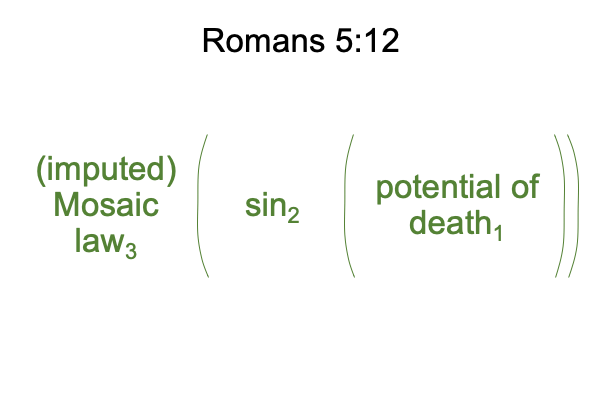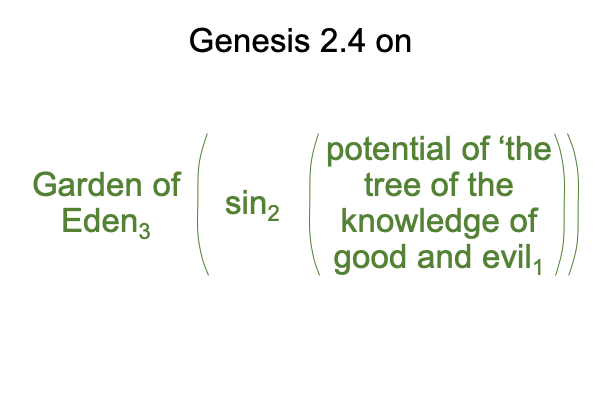0007 There is something funny about the last blog.
Phenomenology3b virtually situates hands-on natural science3a by bracketing out the empirio-schematic judgment2a and asking phenomena, “What must the noumenon1a be1b?”
Visionary science2b virtually situates hands-on natural science3a by unfolding the empirio-schematic judgment2a into a situation-level nested form, where the normal context of disciplinary language3b brings the actuality of mathematical and mechanicals models2b into relation with the potential of observations and measurements1b.
0008 Phenomenology3b faces the delicate task of framing its identification of what the noumenon1a must be1b without using metaphysical terms. Why? The content-level normal context, the positivist intellect3a has a rule that says, “Metaphysics is not allowed.”
What else is not allowed?
Common sense.
0009 Visionary science3b says that the model2b is what the noumenon1a must be2b. The goal is to replace the thing itself1a.
For example, a bird in flight1a flaps its wings1a.
The bird in flight is a noumenon, a thing itself1a. The flapping-wings are phenomena1a, observable and measurable facets of the thing itself1a. The idea2a that the flapping wings resist gravity models2a the resulting observations and measurements2a. Plus, the idea2a must be properly configured according to the disciplinary language of physics2a. Gravity is part of that model.
0010 The visionary scientist then boldy situates the above example as a facet of this grand law2b, the law of gravity2b, which determines laboratory observations of birds in flight1b, and therefore becomes the thing itself1a(2b). Now, birds in flight1a are phenomena1a that objectify what the noumenon1a must be2b (that is, gravity2b.)
0011 The phenomenologist takes a completely different path, using phenomenological reduction2b to bracket out the empirio-schematic judgment2a in order to intuitively assess what the noumenon1a must be1b. This is how Husserl returns to the noumenon1b.
Ideally (or I should say, “transcendentally”) phenomenological reduction2b regards phenomena1a, the observable and measurable facets1a of the thing itself1a, without science-work2a in mind at all (except for the positivist intellect3a saying, “No metaphysics.”).
0012 Try the exercise. Imagine the flapping-wings business, not as a way to resist gravity, but as a way to use something in order to survive. Oh, bracket out even that. What do the flapping wings, the tucked in feet, and the determination of the bird say to me? The bird in flight is embodied, enactive, enchanting and entertaining. Now, fix the consciousness in order to identify what the noumenon1a must be1b.
Does the word, “sail”, come to mind.
Wings are to birds as sails are to boats?
0012 As soon as wings are sails, then the phenomenologist walks out of the room and the hands-on natural scientist says, “Hey, did you hear that? What an excellent idea. Let us model the phenomena of flapping wings as sails, instead of things that resist gravity.”
0013 Meanwhile, some visionary scientist stands at a podium, accepting an award for A Visionary Application of Science,from the Academy of Important and Tenured Figureheads, for his declaration that gravity is a noumenon1a(2b) and birds in flight are its phenomena1a.


